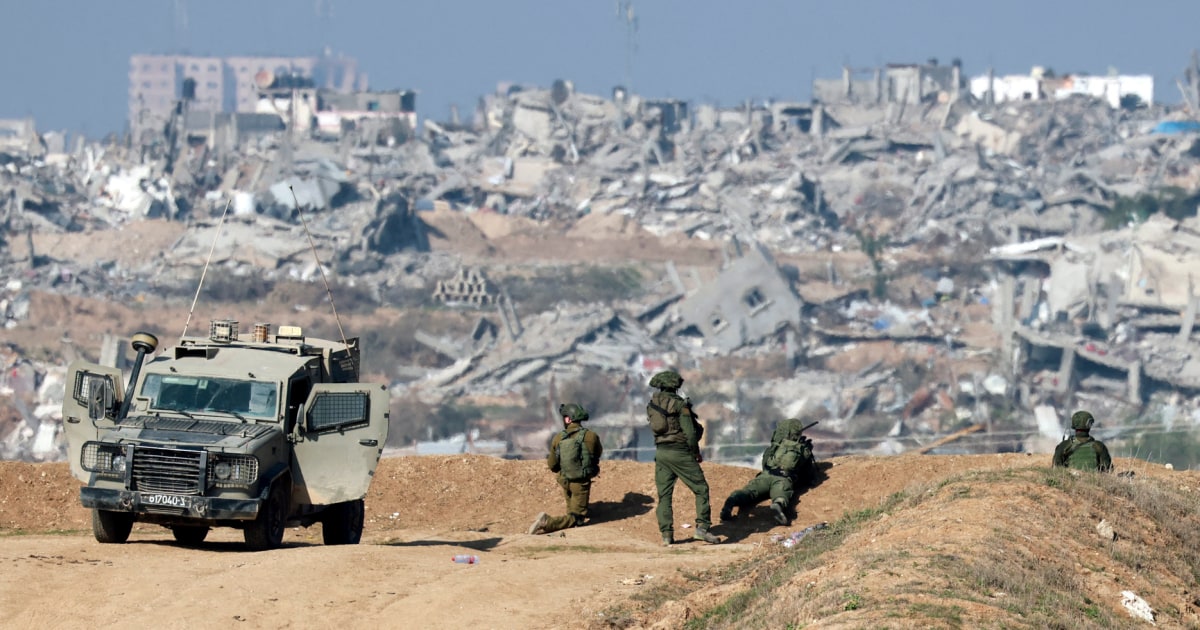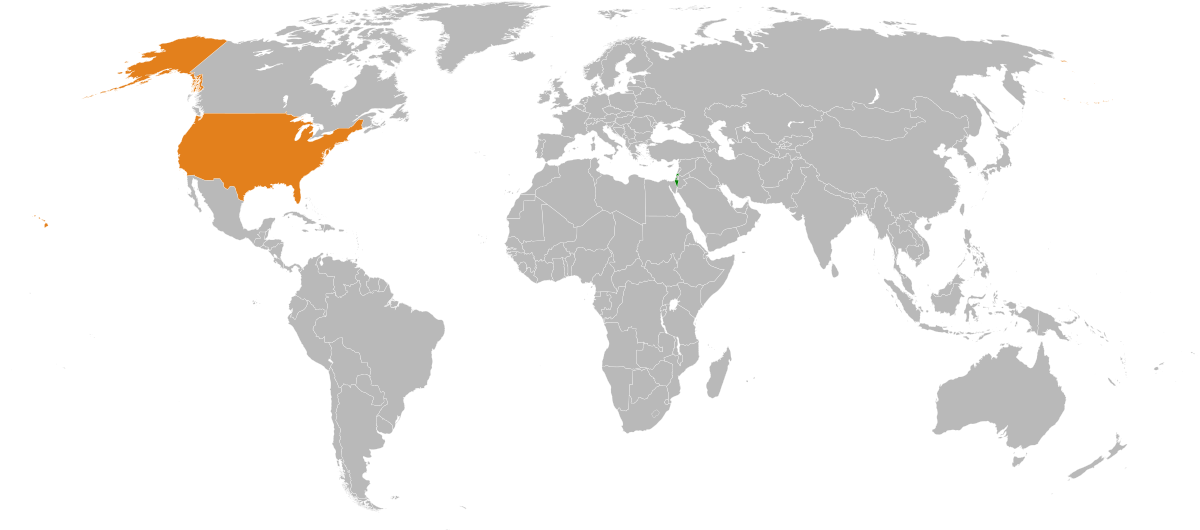daftandbarmy
Army.ca Fossil
- Reaction score
- 43,289
- Points
- 1,160
I would encourage folks to read the article that @FJAG posted above - as well as @NavyShooter 's post above.
Right now the West isn't at war, it is at the mall, and is indulging on way too much butter, when some thought should be taken to guns...
Coincidentally, we are seeing Israel withdraw reservists from Gaza because of the adverse economic impact from extracting productive members of society from the economy.
A great example of the 'guns vs. butter' dichotomy...
Israel withdrawing some units from Gaza
The move is in part to mitigate damage to Israel’s economy from the war which began on Oct. 7 with surprise attacks by Hamas.
Israel withdrawing some units from Gaza
The move is in part to mitigate damage to Israel’s economy from the war which began on Oct. 7 with surprise attacks by Hamas.






